'personal' wind mills
radioguy4ever
17 years ago
Related Stories
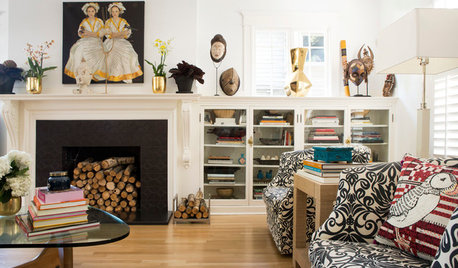
DECORATING GUIDESRoom of the Day: Cherished Objects Personalize a Living Room
A designer decorates with gifts and mementos collected during her family's time abroad
Full Story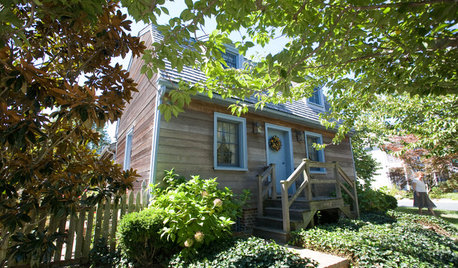
TRADITIONAL HOMESHouzz Tour: New Life for a Historic Mill House
Respectful reconstruction, an addition and a new site take a Delaware home from the 18th century to the present
Full Story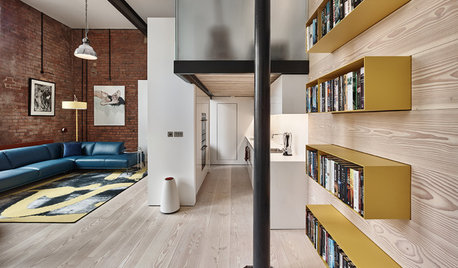
APARTMENTSHouzz Tour: Fresh Look for a Loft in a Former Victorian Fabric Mill
Better use of space and brighter light were priorities in this contemporary makeover in northern England
Full Story
HOUZZ TOURSMy Houzz: Accessibility With Personality in an 1870 Home
Hand-painted murals and personal touches fill an accessible home with warmth and charm
Full Story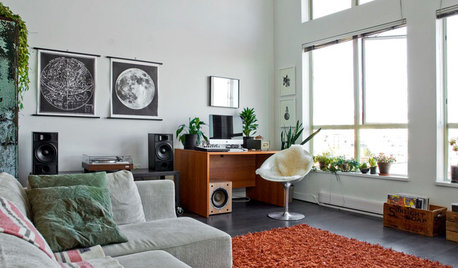
HOUZZ TOURSMy Houzz: Creativity Personalizes a Vancouver Loft
Art, vintage treasures and DIY touches give a Canadian rental a highly personal look
Full Story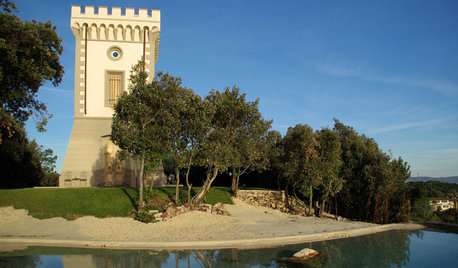
FUN HOUZZWorld of Design: 10 Unconventional Homes Packed With Personality
Life inside a former church, missile silo or greenhouse? Be it in Japan, Denmark or somewhere in between, not every home begins as a house
Full Story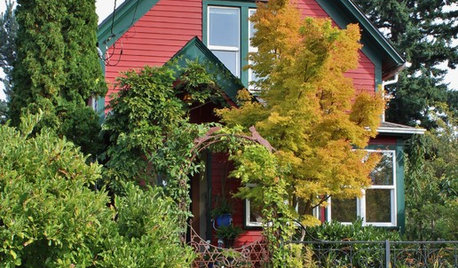
HOUZZ TOURSMy Houzz: A Musical Couple's Home Strikes a Personal Chord
Light, glass and many musical instruments animate this 1905 bucolic Washington farmhouse
Full Story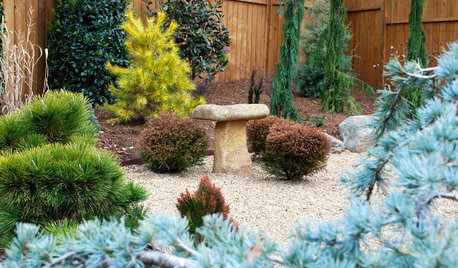
PLANTING IDEASDesigning With Conifers: Personality and Form in the Garden
Unique and full of interest, well-shaped conifers await a place your yard
Full Story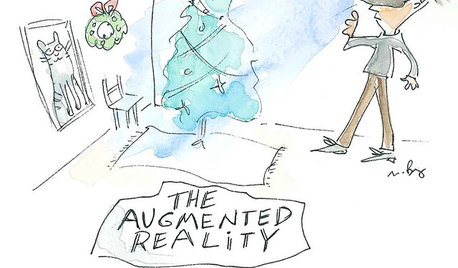
MOST POPULARFind Your Christmas Tree Personality
These Christmas trees suit a range of design styles and personas. Recognize anyone?
Full Story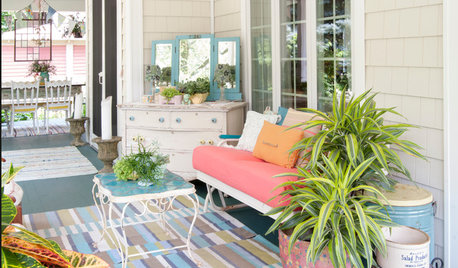
PORCHES10 Porches With Personal Design Style
These comfortable outdoor rooms get their charm from repurposed pieces, vacation mementos and salvaged finds
Full Story





RCMJr
hotzcatz
Related Professionals
Bel Air Solar Energy Systems · Emeryville Solar Energy Systems · Paradise Solar Energy Systems · Tustin Solar Energy Systems · West Hartford Solar Energy Systems · Swansea Solar Energy Systems · Azalea Park Solar Energy Systems · South Whittier Solar Energy Systems · Newark Home Builders · Saint Petersburg Home Builders · Joliet Roofing & Gutters · Reno Roofing & Gutters · East Hill-Meridian Roofing & Gutters · Maplewood Roofing & Gutters · West University Place Roofing & Guttersnhyankee
gshouse
marys1000
playsinthedirt20
junkyardgirl
andyf
buffburd
ole_dawg
sotodog
adunate
dan_martyn
trubbadubbadoo